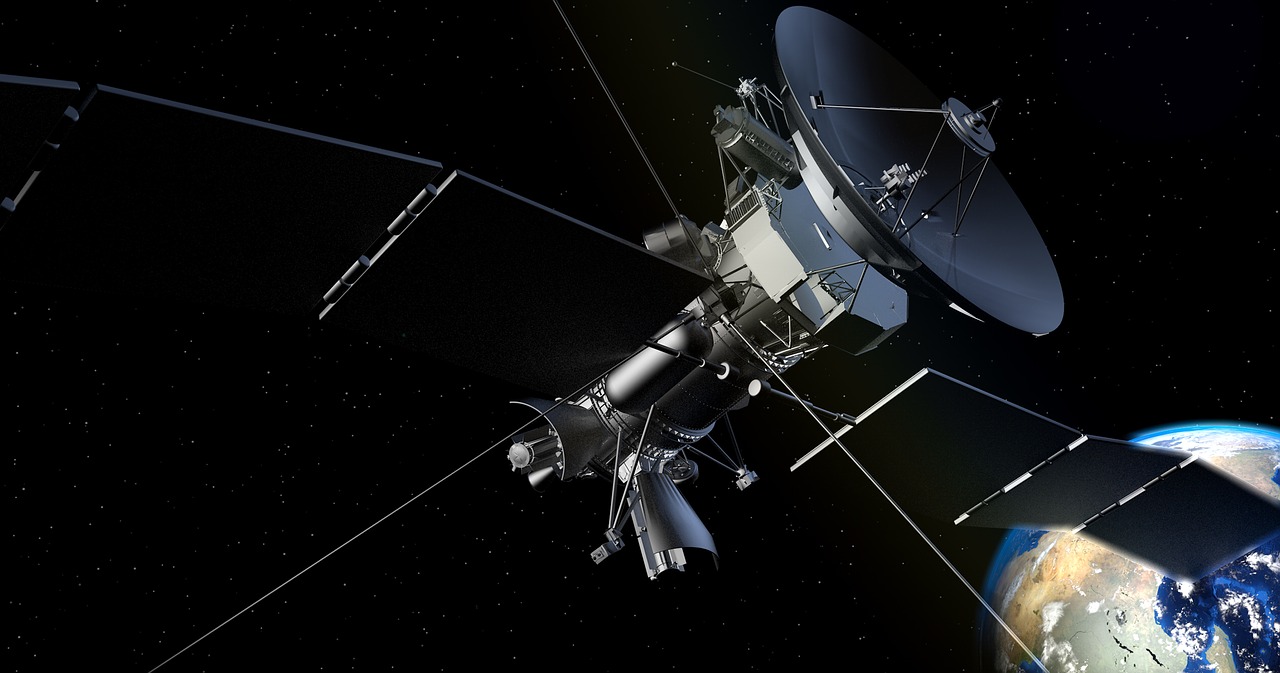When combined with smartphones, GPS technology can be used for all sorts of helpful everyday tasks, from finding your iPhone to locating yourself on a map. But some organizations and individuals around the world are going beyond the basics and are using GPS technology for some truly surprising applications. Read on for a look at five inventive ways that people are putting GPS technology to work.
Preventing shark attacks

Yes, you read that right—GPS technology is being used to help prevent shark attacks. Although sharks attacking humans is relatively rare (despite what movies like Jaws would have you believe), an organization called OCEARCH has nevertheless tagged nearly 50 big sharks with GPS devices so their movements can be tracked at any given moment. If the sharks ever get too close to shore, nearby lifeguards receive an alarm so they can warn people to get out of the water. But helping swimmers stay safe is just one of the project’s outcomes; beyond that, scientists are using the sharks’ location data to learn important new information about their behavior. For example, by examining data from the GPS trackers, researchers have learned that in the summer some sharks travel as far as the Gulf of Mexico, rather than sticking to cold water environments as was previously thought. If you’re curious about where the sharks are, you can visit the OCEARCH website to see for yourself.
Catching drug thieves
Unfortunately, the theft of prescription opioids like oxycodone from local drugstores has become a big problem in New York City. In an attempt to catch the thieves red-handed, the city’s police force developed an inventive, GPS-based tactic: concealing special GPS-tracking devices in decoy pill bottles, which are then stocked at pharmacies around the city. The bottles are carefully made to weigh the same as a bottle of pills and to rattle when shaken so that it’s not obvious that they contain trackers. The idea is that if these “bait bottles” are stolen during a burglary, the GPS data from the concealed tracker can lead the detectives straight to the thieves.
Creating mobile performance art
When thinking about how a GPS tracker records your movements throughout the day, it can be helpful to imagine that the device is drawing a line behind you wherever you go. It’s this same idea that Michael Wallace, an artist based in Baltimore, Maryland, uses to make his unique, bicycle-powered drawings. Wallace, also known as WallyGPX, rides around the city on a bike that’s equipped with a GPS tracker and special mapping software. As he rides, the “lines” of his journey are drawn on the computerized map, just like an artistic version of the app Map My Ride. Using this method, WallyGPX has created works ranging from a depiction of the Titanic to a scene from the popular mobile game Angry Birds to a world map, all using the streets of Baltimore as his canvas.
Revealing the secret lives of house cats

House cats are mysterious creatures, and most cat owners would confess they have no idea what their pets get up to when they’re outside of the house. In 2014 a team of researchers from North Carolina State University and the North Carolina Museum of Natural Sciences attempted to shed light on this puzzle by equipping more than a thousand cats around the world with GPS-enabled transmitters. “Cat Tracker,” as the ongoing, crowd-sourced project is named, hopes to shed light on questions like where cats go, what they eat, and why they adopt certain behaviors, as well as to clarify issues like the threat domestic cats pose to local bird species and other wildlife. However, researchers may be surprised at what they end up finding out—a British TV program that conducted a previous GPS-tagging experiment on cats discovered that the animals spent most of their time at the houses of other cat owners, attempting to steal cat food.
Helping care for people with dementia
The World Health Organization estimates that around 50 million people worldwide have dementia, and our rapidly aging global population means that nearly 10 million new cases are developing every year. And while caring for people with dementia is already a significant challenge, it’s made even more difficult by the fact that people with dementia are prone to wandering off, potentially putting themselves and others in danger. Fortunately, GPS technology could be the answer in helping caregivers keep better track of their charges. In 2014 footwear company Aetrex and technology firm GTX joined forces to launch the GPS SmartSole, shoe inserts equipped with GPS-tracking devices that could be concealed in one’s shoes. Caregivers can call any time to get the location of the SmartSole and their wearer, or the devices can be set up to automatically send an alarm or notification if the wearer goes outside a designated area (this kind of virtual, GPS-defined boundary is known as a “geo-fence”).

